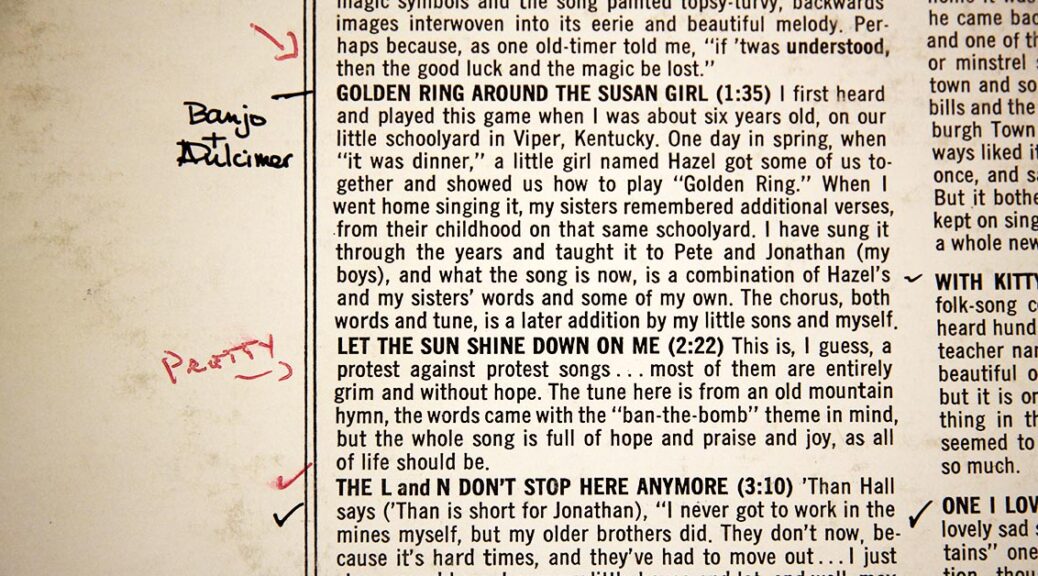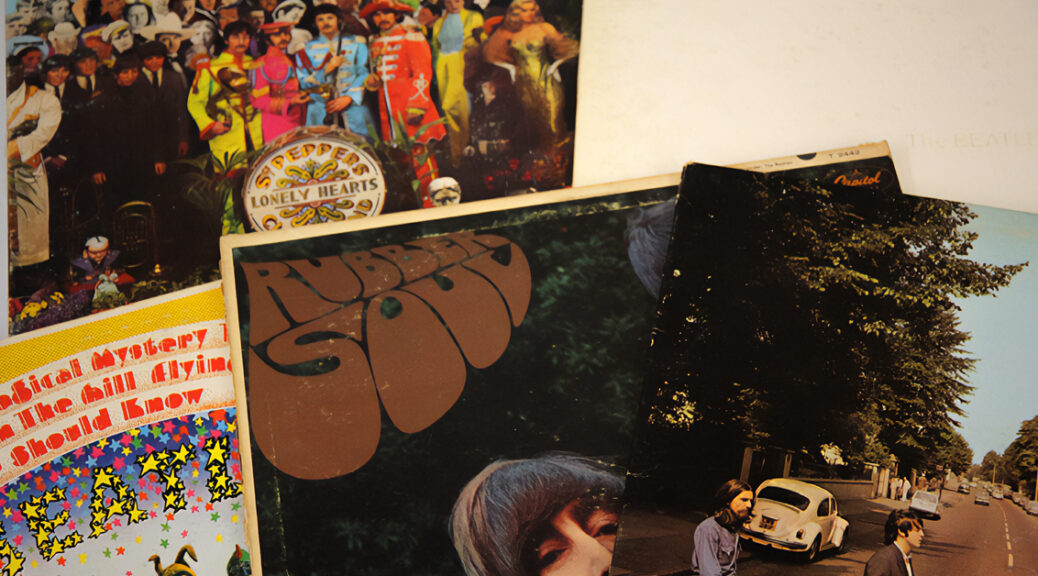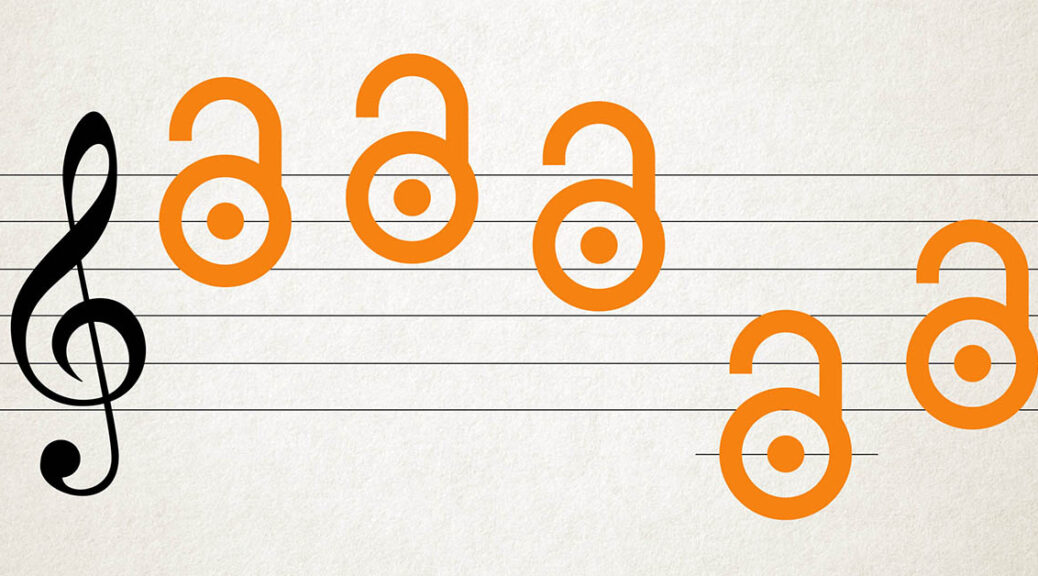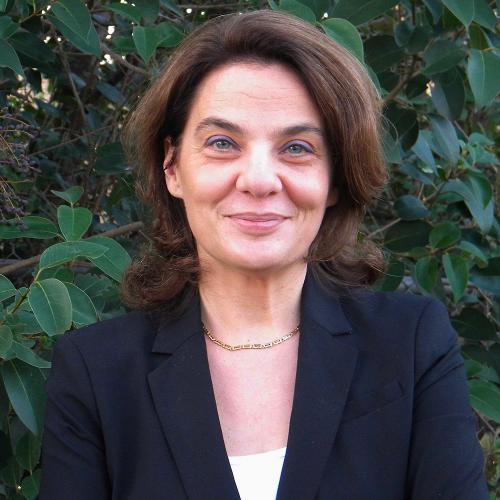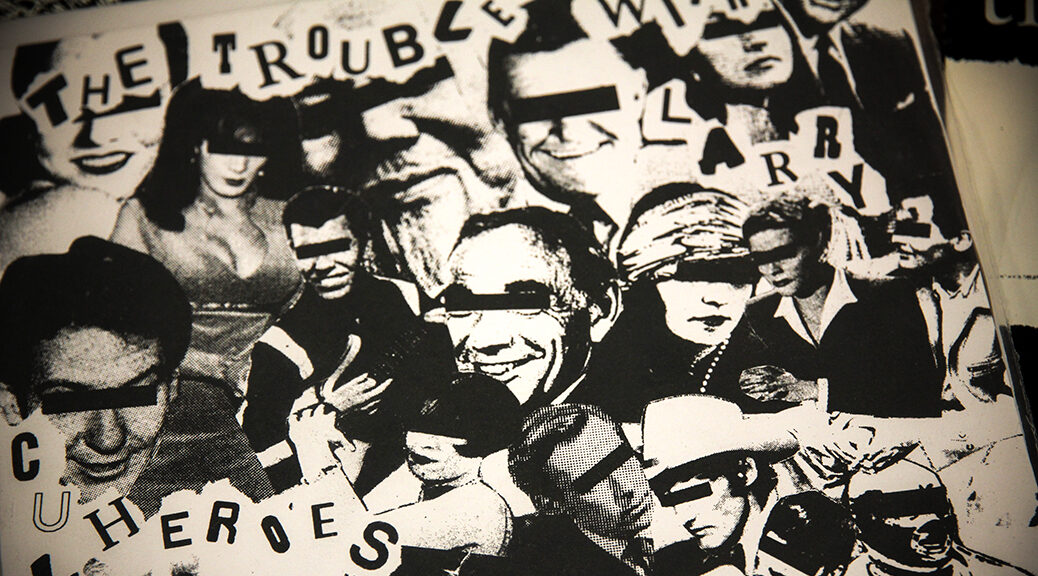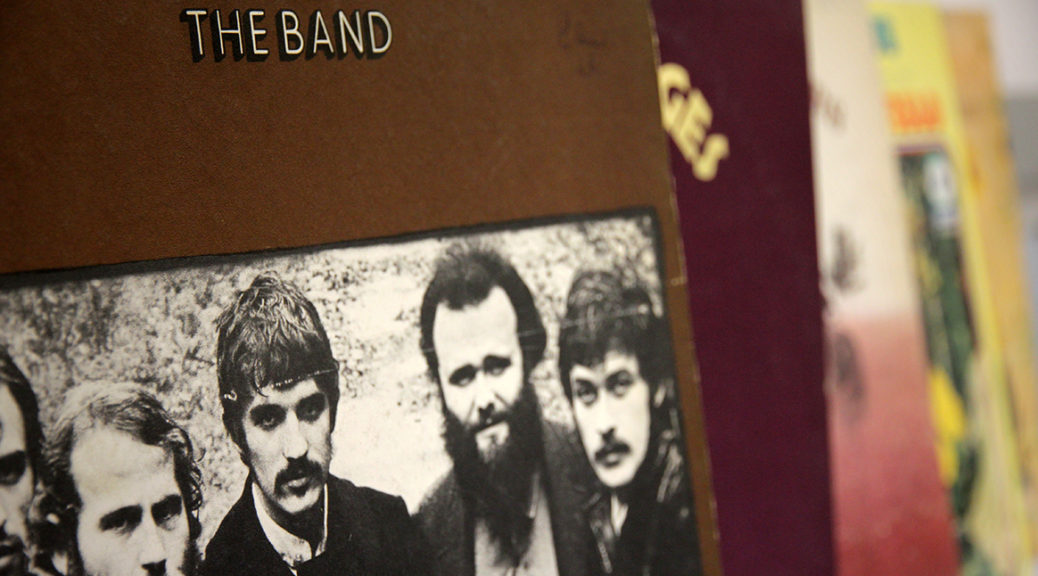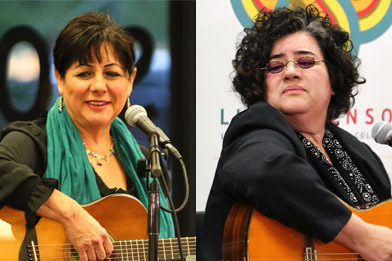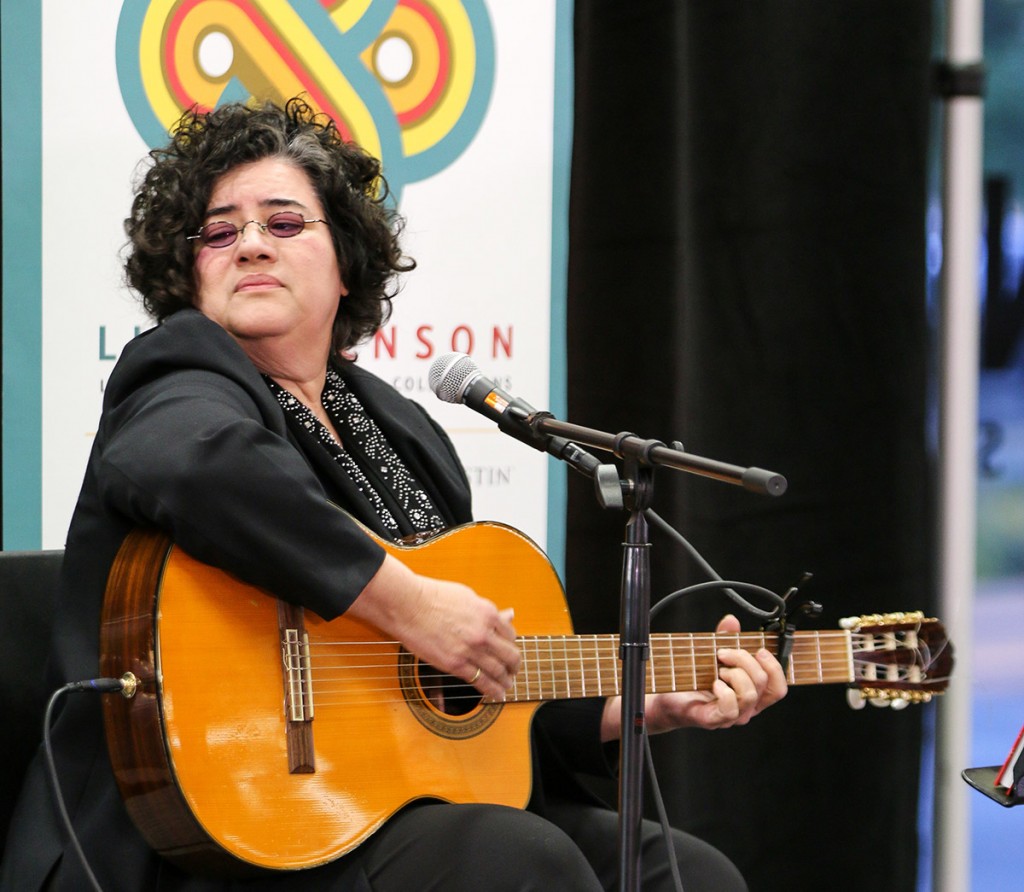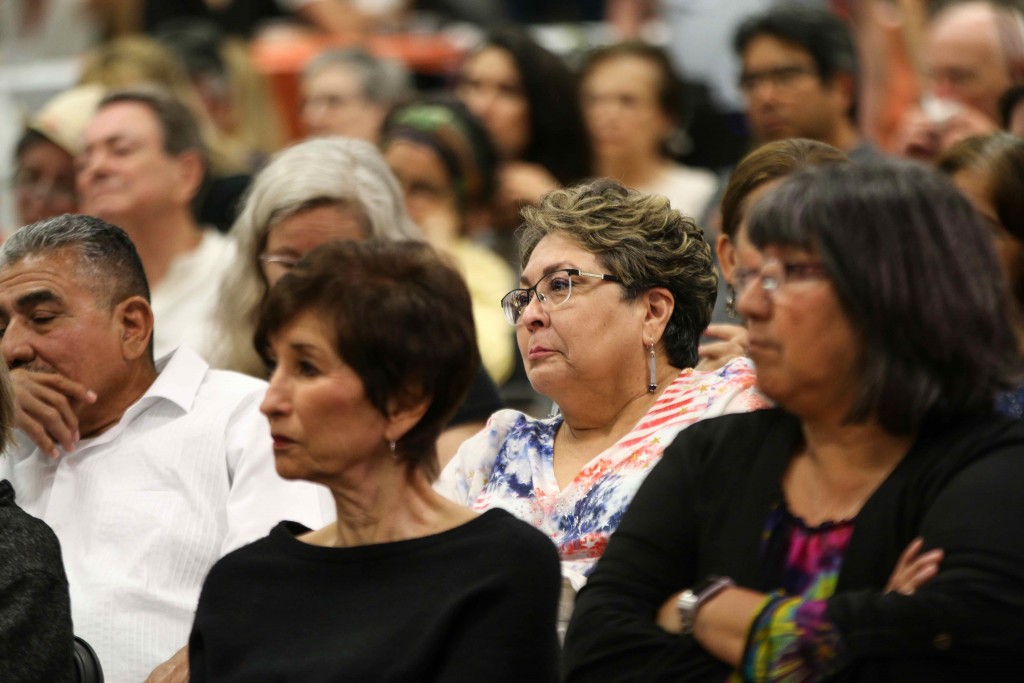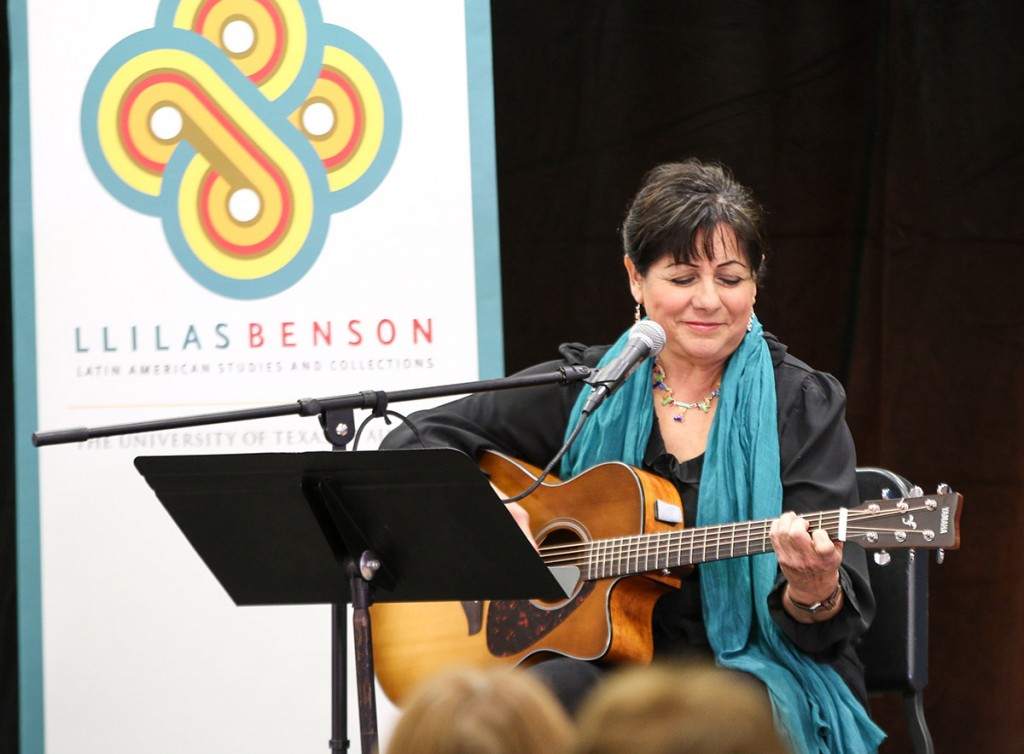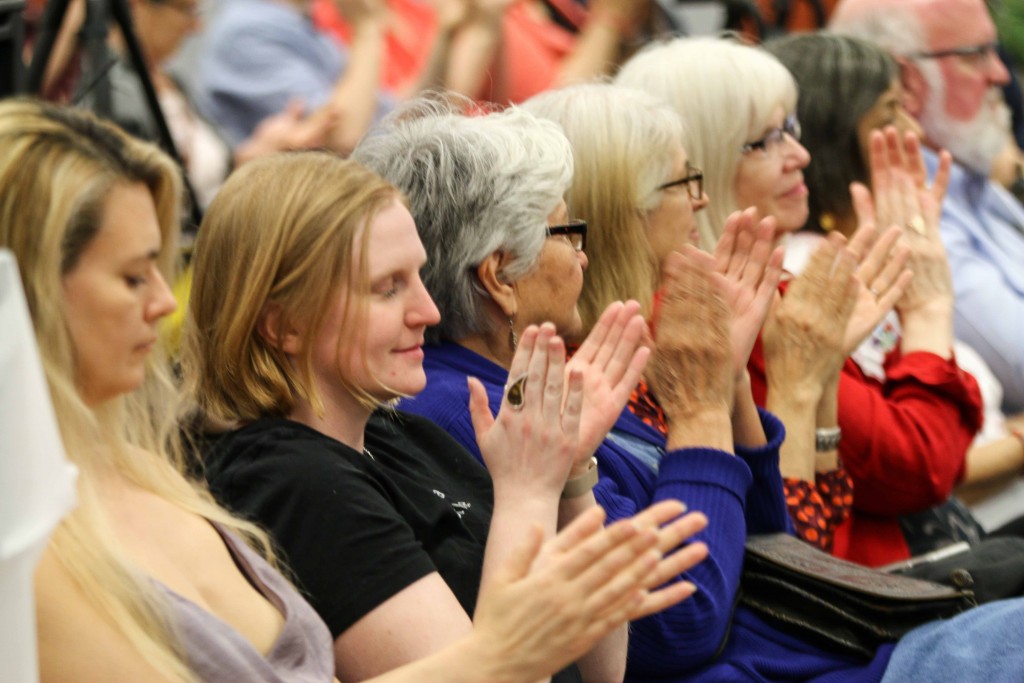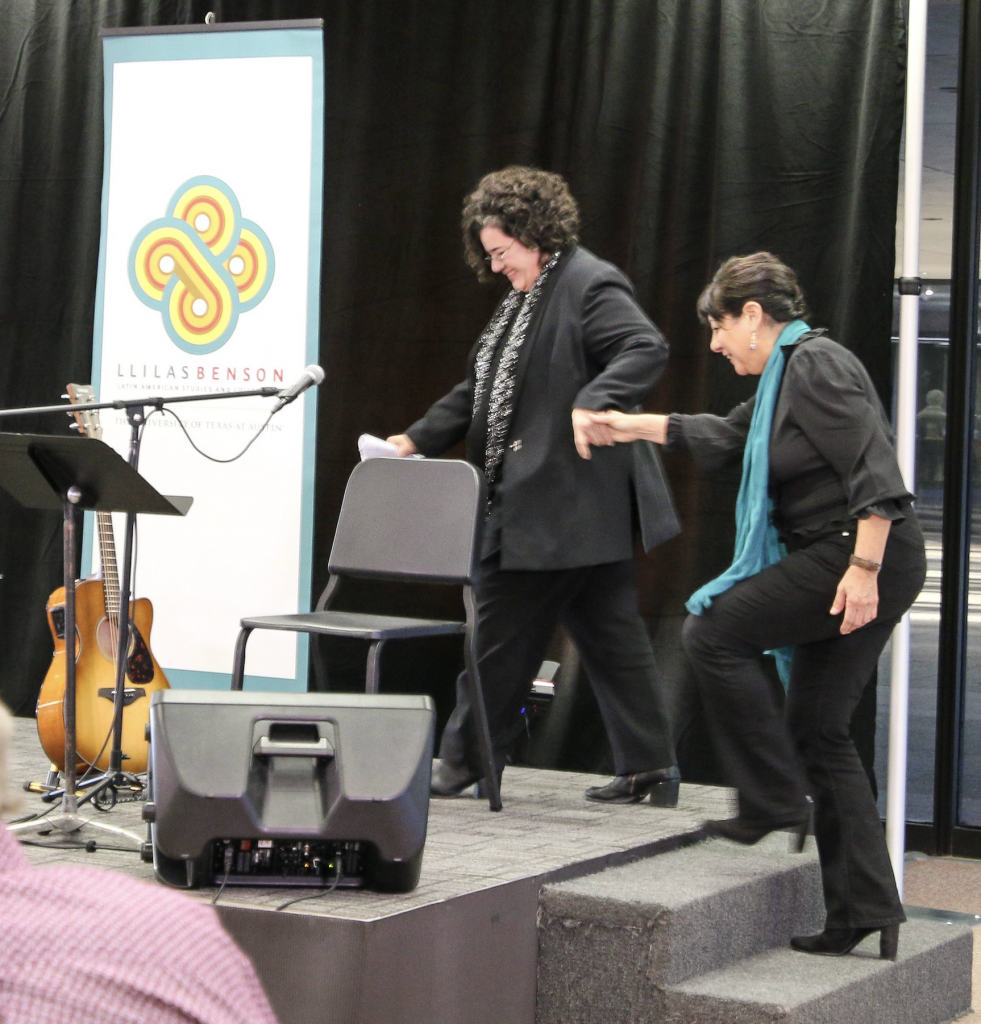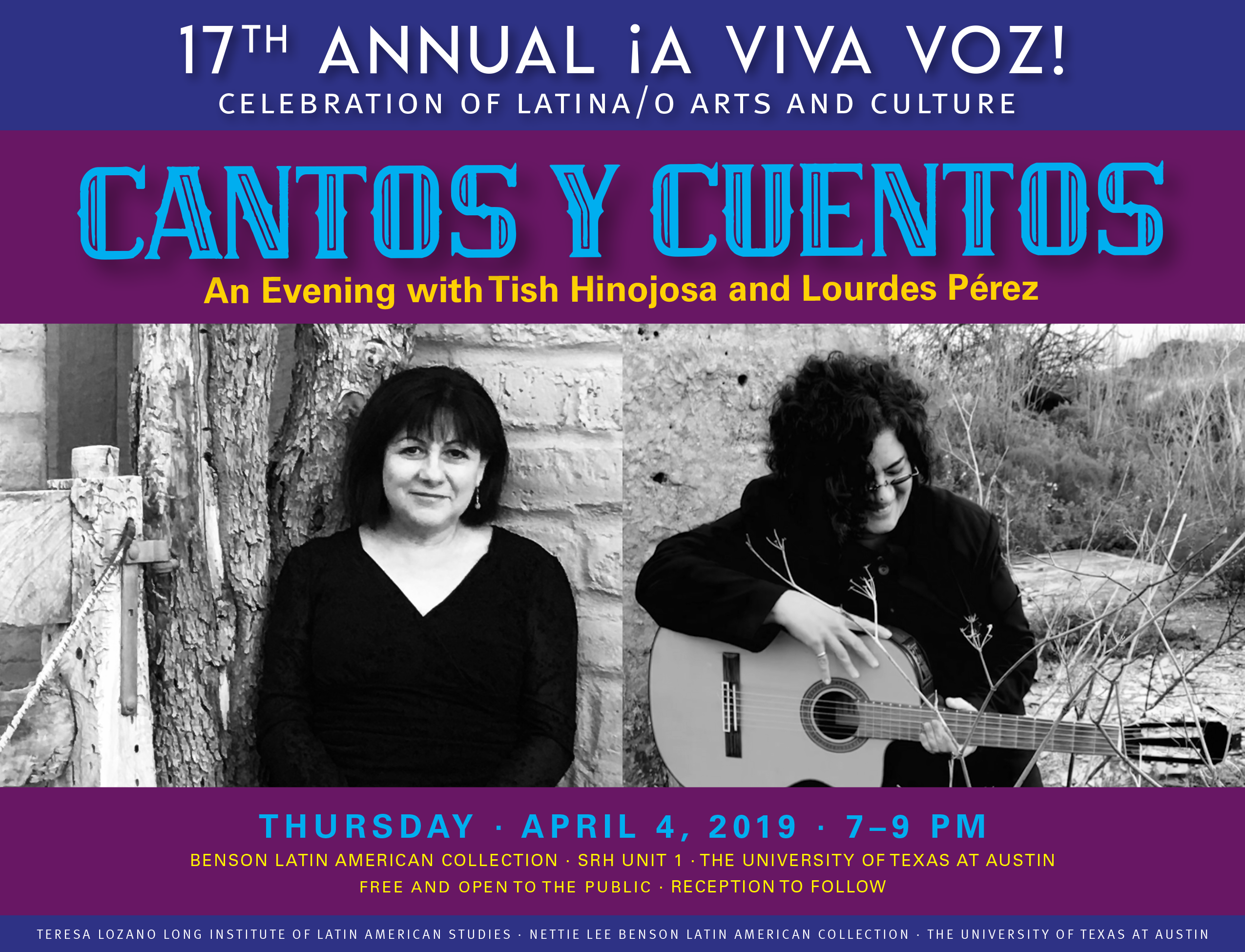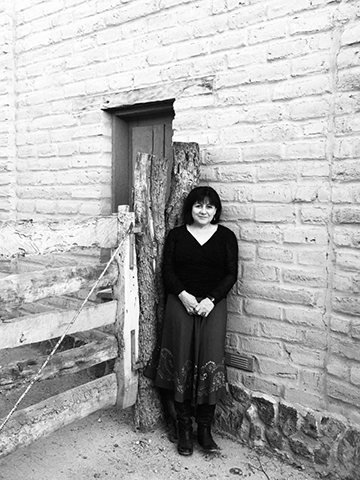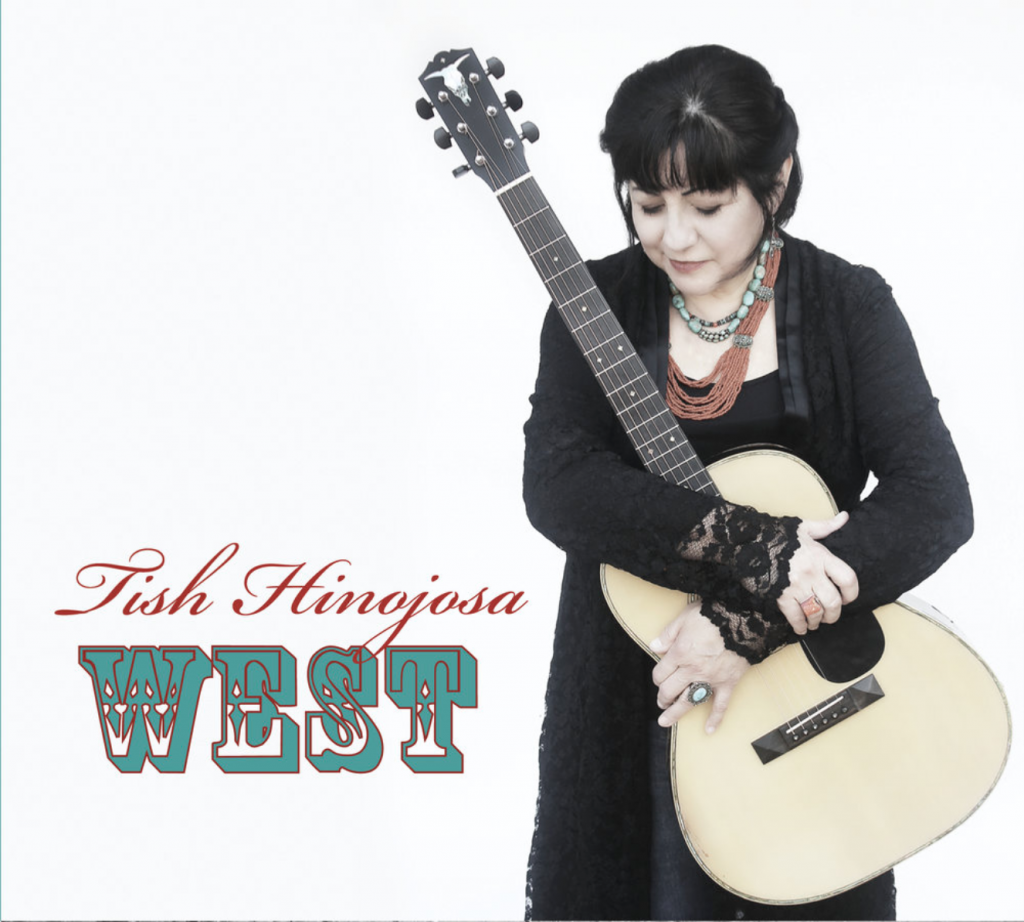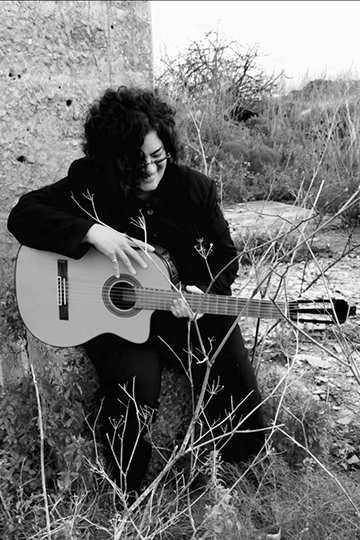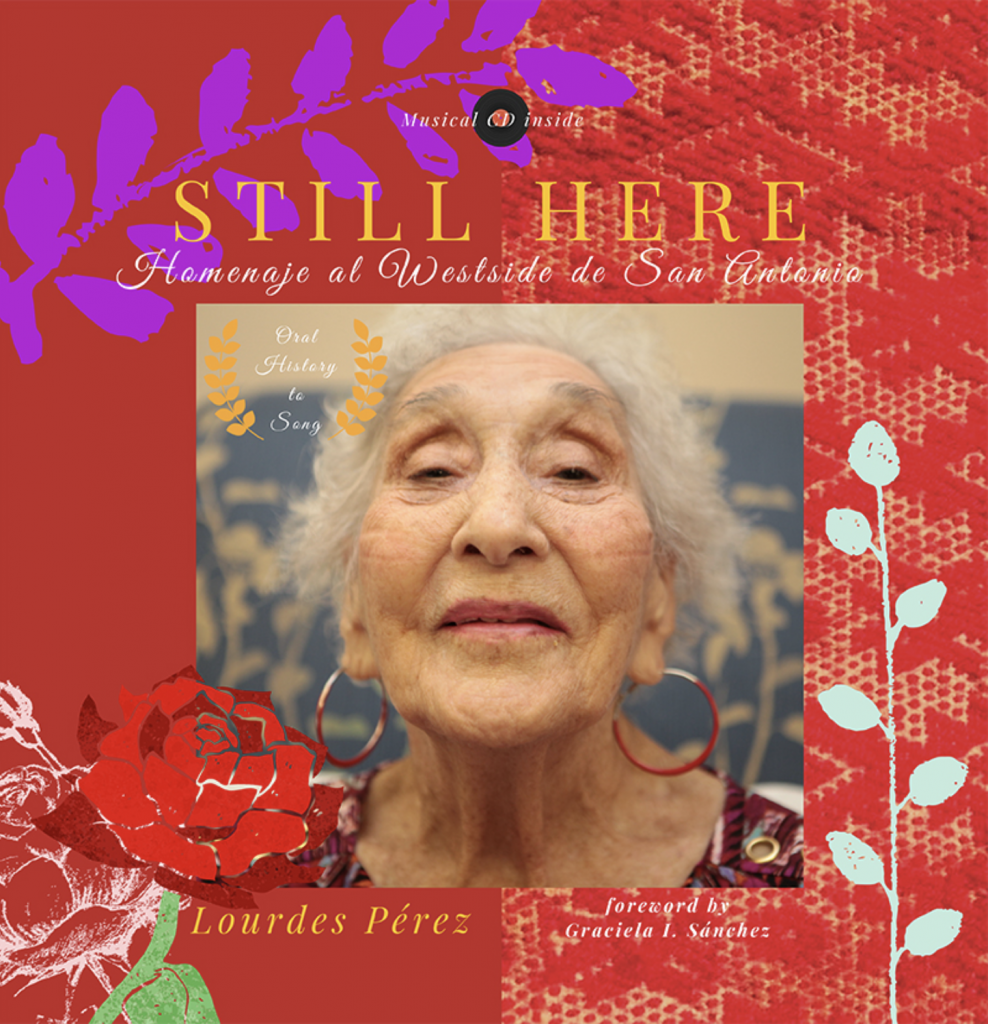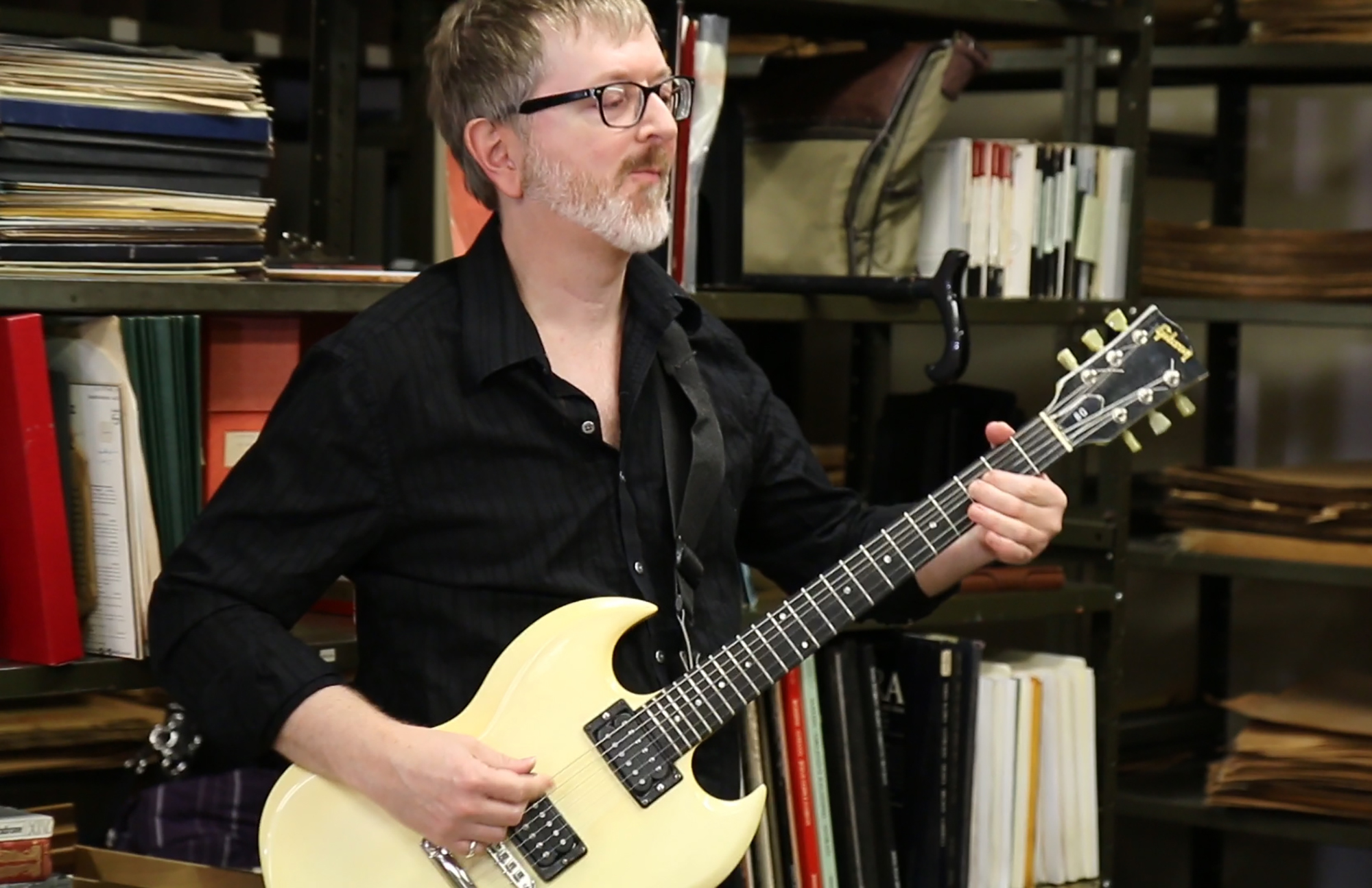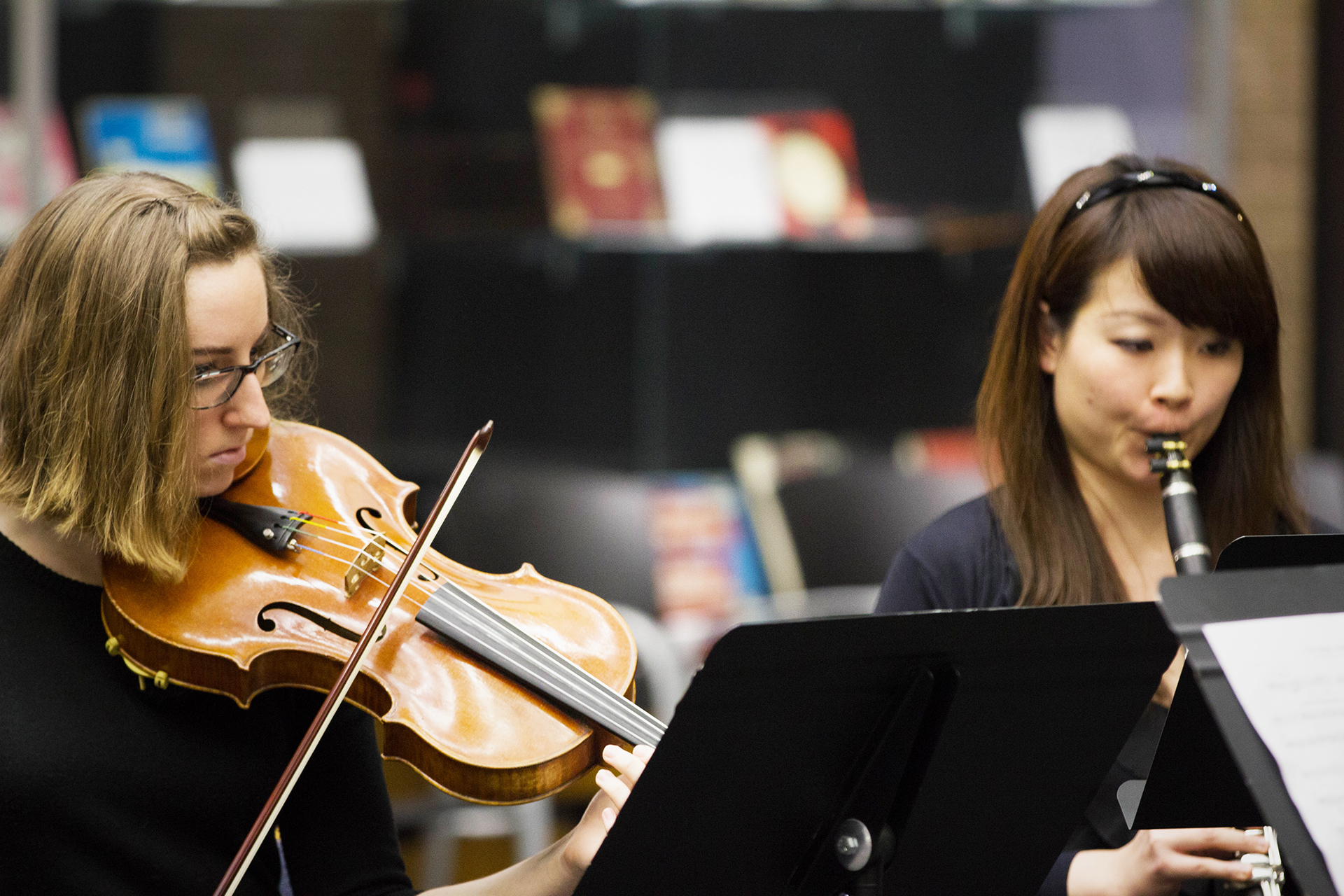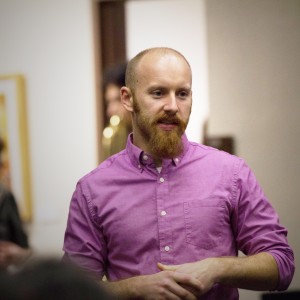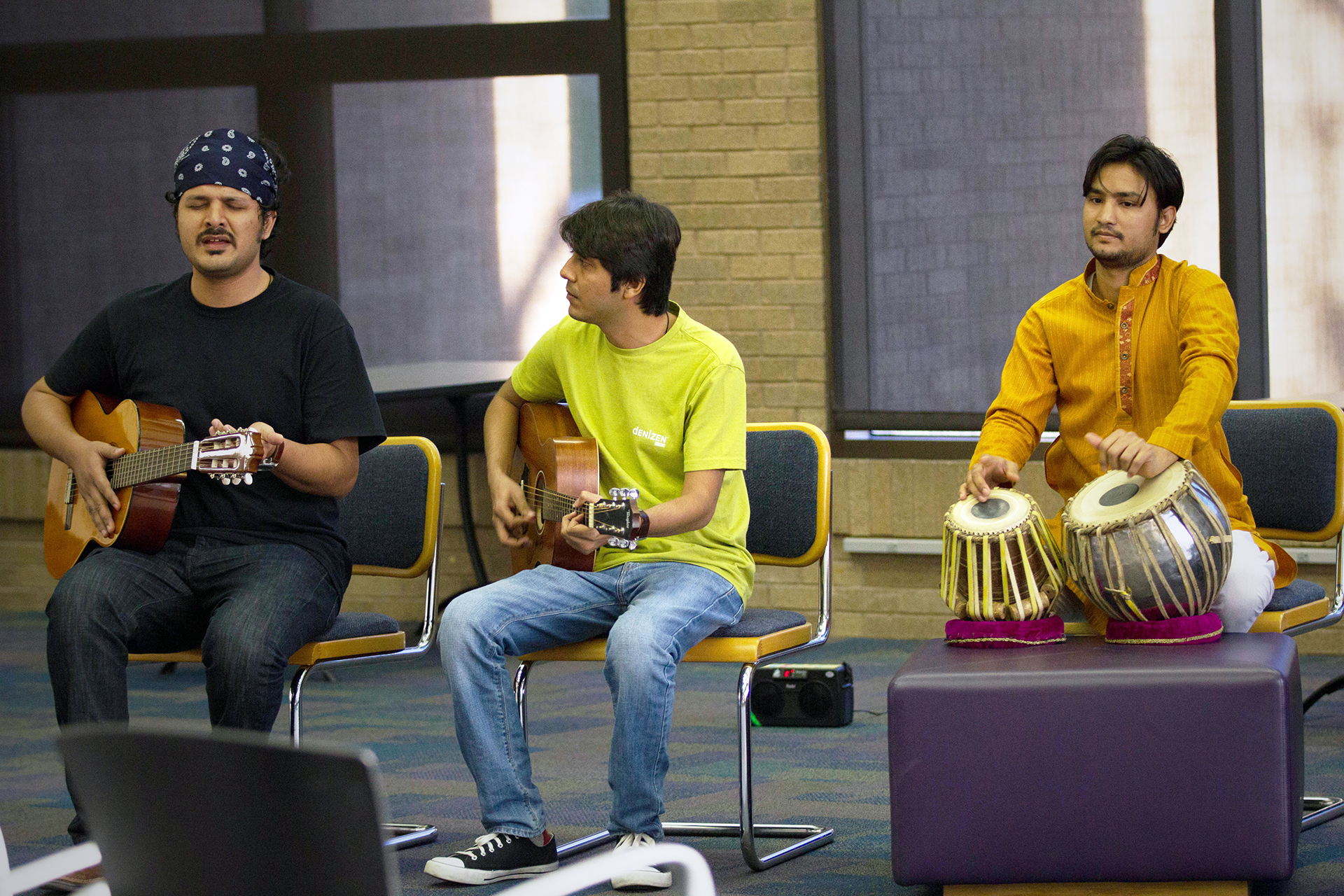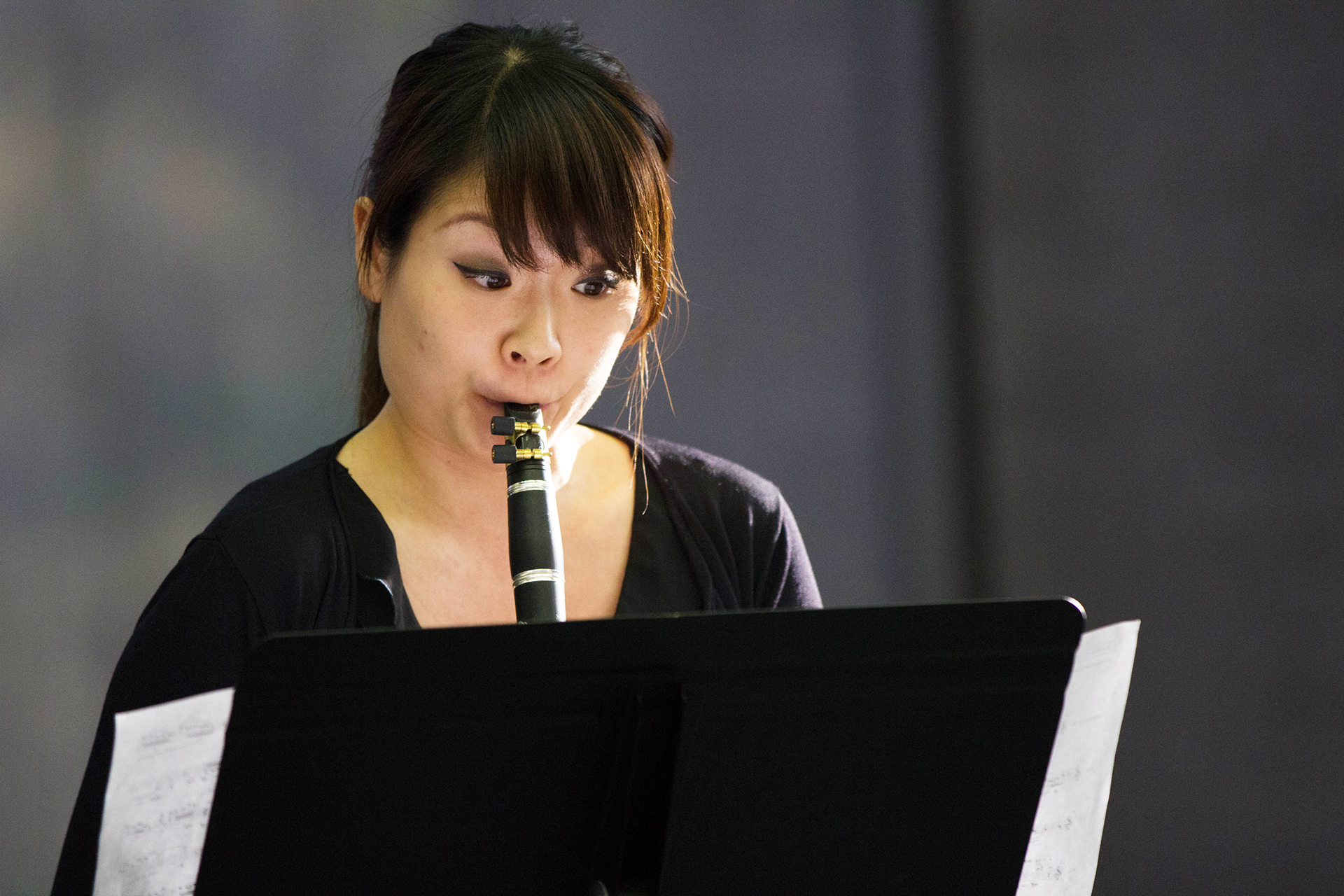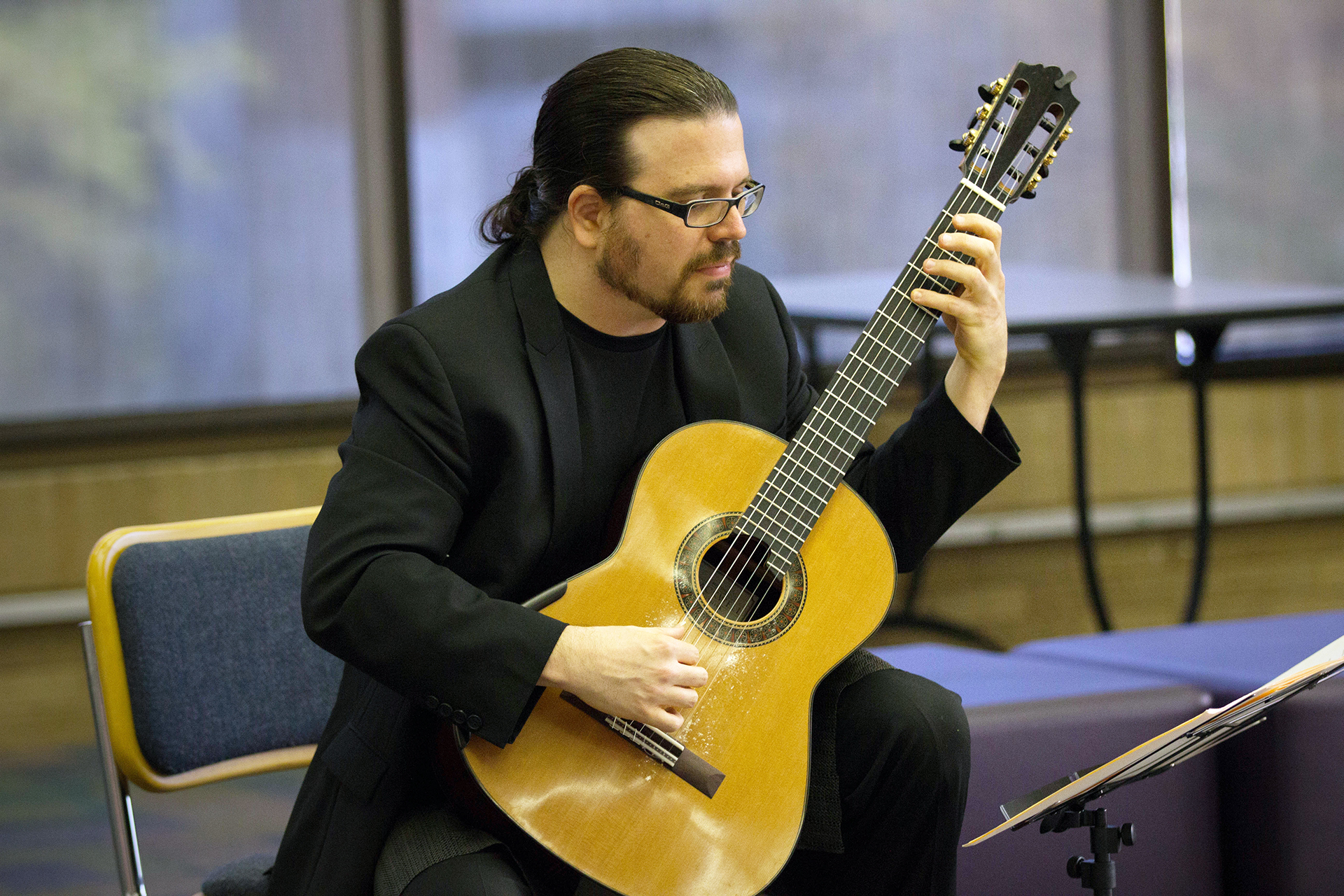Resident poet and rock and roll star Harold Whit Williams is in the midst of a project to catalog the KUT Collection, obtained a few years ago and inhabiting a sizable portion of the Historical Music Recordings Collection (HMRC).
Whit’s immersion in local music history and performance qualifies him as an authority as he explores and discovers some of the overlooked gems in this massive trove, and so in this occasional series, he’ll be presenting some of his noteworthy finds.
Earlier installments: Take 1, Take 2, Take 3, Take 4, Take 5, Take 6, Take 7, Take 8, Take 9, Take 10
Tyler Ramsey / The Valley Wind
Available at Fine Arts Library Onsite Storage
Onetime Band of Horses’ guitarist Tyler Ramsey takes a solo walkabout into deeply-wooded indie folk on The Valley Wind. From the Windham Hill-esque instrumental opener “Raven Shadow” through brooding ballad “1000 Blackbirds,” then on to the Laurel Canyon roots jangle of “Stay Gone” and the post-rock epic closer “All Night,” this collection draws you in to its warm campfire glow and unfolds its sad stories slowly. Ramsey’s reverb-drenched guitars and paper-thin tenor hearken Harvest-era Neil Young, but the songwriting is uniquely his introspective own. If tearjerker “Angel Band” doesn’t put a lump in your throat, check for a pulse.
The Men from O.R.G.A.N.
Available at Fine Arts Library Onsite Storage
This groovy compilation from under-the-radar hipster Italian label S.H.A.D.O. Records pays loving tribute to those bubbly analog organ sounds of the Hammond, Farfisa, etcetera, variety. Standout Euro and Euro-inspired tracks from Remington Super 60, Experimental Pop Band, Tony Goddess (Papas Fritas), and L’augmentation get the festive chamber pop party going, while Louise Philippe’s cover of Lennon/McCartney’s “I’m Only Sleeping” is simply divine. Don your finest threads, grab some wayfarers and a pack of Gauloises, and head towards that sunny Mediterranean beach in your mind.
Unheard (Rarities, 1991-2009) by Louis Philippe
Little Barrie /EP
Available at Fine Arts Library Onsite Storage
Before all the buzz from their Better Call Saul theme song, U.K.’s garage/soul/rock trio Little Barrie thrilled club crowds and vinyl aficionados alike with their fuzzed-out retro tracks. The vibe is vintage – style and audio-wise – and this four song EP lays out a sampler platter of smoky bluesy treats. The slow and sly backstage funk of “Burned Out” has all the swagger needed for a proper British single, while “Mudsticks” comes across like Link Wray on a Death Valley peyote trip. And so as they say across the pond, “Bob’s your uncle.” What a fine introduction to their debut album We Are Little Barrie this is.
Eden Brent /Ain’t Got No Troubles
Available at Fine Arts Library Onsite Storage
Greenville, Mississippi’s Eden Brent proudly carries forth the banner of boogie-woogie piano blues, all the while mixing in elements of jazz and classic pop. Schooled at the University of North Texas (and even more so on the road with legendary Abie “Boogaloo” Ames), Brent cooks down the musical ingredients of New Orleans, Memphis, and even a pinch of the great American songbook into her own greasy gumbo of groove. Recorded in the Crescent City (with ex-Meter George Porter on bass), the vibe leans more Mardi Gras than Beale Street, but it’s Brent’s Bessie Smith late-night lowdown voice that keeps it all rooted in an earthy Delta mood.
Ain’t Got No Troubles by Eden Brent
Harlem Quartet / Take the A Train
Available at Fine Arts Library Onsite Storage
This critically-acclaimed string quartet put the art music world on notice with their debut album, Take the A Train. That Billy Strayhorn classic certainly shines as a title track, and even adds some needed levity to what is a fairly heavy collection. The bulk of the album is fleshed out by Wynton Marsalis’ brilliant avant-garde Creole-themed work “At the Octoroon Balls,” a modern American chamber music ode to Carnival culture. Other pieces foray into world music, further stretching the boundaries of fixed classical genres. On top of all this high level musicianship (and of even more importance), Harlem Quartet was founded by the Sphinx Foundation, a nonprofit promoting music education while working to build diversity in the field of classical music through outreach to underserved communities.
Harold Whit Williams is a Content Management Specialist in Music & Multimedia Resources. A celebrated poet, he is the longtime guitarist for the indie rock band Cotton Mather, and his solo projects include the lo-fi bedroom pop Daily Worker, as well as the retro funk GERVIN.

